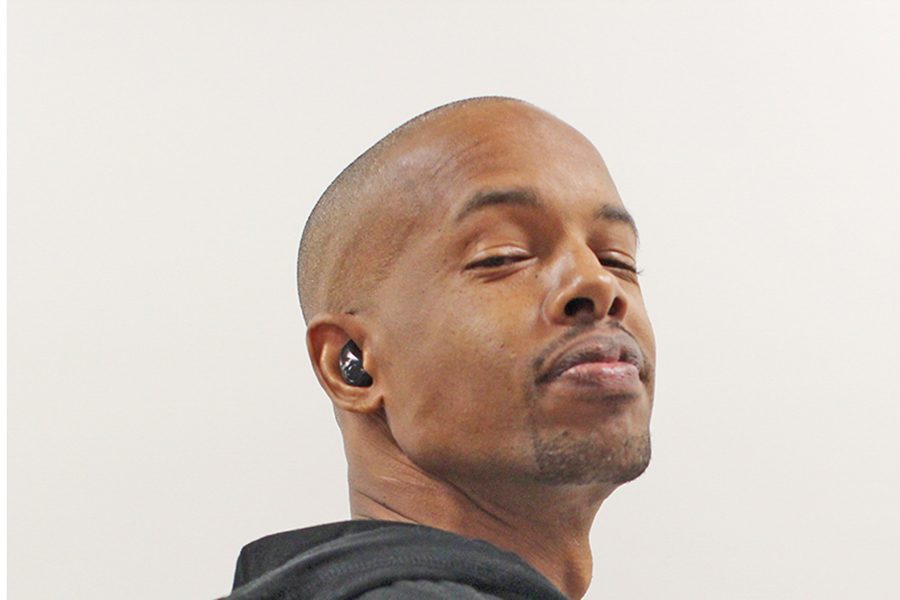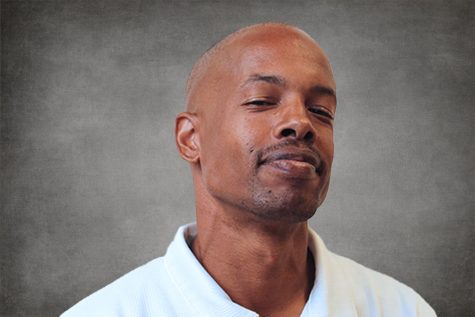Lack of empathy disrespects all Native Americans
Nov 3, 2016
This week on television, feathered headdresses and face paint accompanied the beating of war drums in a show of solidarity against an outside invader intent on denigrating historically sacred soil, the deceptively named Progressive Field, home of the Cleveland Indians major league baseball team.
The 2016 World Series got underway with Cleveland taking on the Chicago Cubs, while at the same time, some 1,200 miles away, violent attacks on peaceful Native Americans protesting the Dakota Access Pipeline near Standing Rock, North Dakota was noticeably underreported.
The proposed pipeline would travel under the Missouri River, the primary water source for the 10,000 member Lakota Sioux tribe. Although the Sioux were assured that the pipeline is safe, since 2010 more than 3,300 pipeline leaks were recorded by the Pipeline and Hazardous Material Safety Administration (PHMSA).
Absent from television coverage was a first-light raid of protest encampments where police and private security used attack dogs, pepper spray and shot protesters with non-lethal munitions before detaining more than 140 people.
What was shown on television were Cleveland’s most faithful disciples holding “Not in my tee pee” signs as the Indians took Game 1 of the series. More disturbing than that, in Game 2, which the Indians lost, FOX network TV cameras scoured the stadium for shots of sad Clevelanders in red face, preferably one displaying an iconic single tear.
They settled for a middle-aged white guy, complete with face paint and headdress, with a look on his face like he’d just run over his own dog while backing out of his driveway.
Ironically, the iconic 1971 public service announcement’s single-tear image was also a white man in red face (Iron Eyed Cody) who shed a tear in an ad addressing America’s pollution problem.
Shouldn’t these red faced, feather-headed white guys be holding stadium signs that read #NoDAPL (the hashtag for action against the pipeline) if the plight of First Nations people weighs so heavily on their hearts?
Native Americans have the distinction of being the minority group most easily marginalized throughout American history because of their small population after what can only be described as genocide.
They simply do not have the numbers to protest the many overt displays of disrespect to their culture or more serious infringements on their land and their ways of life.
It’s no surprise that America’s privileged class is less than indifferent to the Lakota plight. All year in every sports league, reminders exist that reinforce the idea that it’s OK to take a dump on Native American culture.
Fans of the MLB’s Atlanta Braves and the Florida State University Seminoles have both been known for singing imitation war chants accompanied by a symbolic tomahawk chop. The NFL’s Kansas City Chiefs and Washington Redskins both have shared controversy over openly offensive team names and mascots.
While blatant racist symbols abound in sports culture, the Indians’ mascot, Chief Wahoo, with his red face and goofy bucked-toothed grin, embodies the level of disrespect that Americans have for Native Americans.
Sports fans disguise their racism as reverence, claiming historical rooting interests outweigh the notion that Native American groups are offended.
These teams, primarily on the East Coast, with mascot names derived from Native American culture, serve as a reminder that in the mid 1800s Native Americans were forcibly removed from every reservation east of the Mississippi River.
The Trail of Tears, as it’s commonly known, resulted in more than 10,000 deaths of native men, women and children.
To add insult to actual injury, the land where they were relocated is now being ripped from their grasp by the same government that isolated the groups 165 years earlier.
Many Americans say they believe that an injustice to anyone is an injustice to “everyone.” They just can’t define what “everyone” means.




C Tidwell • Aug 4, 2020 at 4:15 am
I’m no expert on Indian affairs,but there isn’t another ethnic group treated as poorly as the American Indians.I’ve been on several of their Reservations as a visitor.My soul aches, because of the way they have been treated by the white man,and I’m white.
Andrea • Nov 4, 2016 at 8:29 am
These native American Indians had numbers written on their bodies when 141 men, women and children were arrested and forced to spend time in a fence enclosed concrete cell with no beds or bathroom. treated like criminals and numbered just like what the Germans did to the jews, is happening right here in our backyard …… Am I the only one wakening up to this or are Americans still complacently asleep still????
Andrea • Nov 4, 2016 at 8:20 am
This is so sad that the military and police in this country are praised by the public , yet are allowed to treat citizens this way. Once again history is repeating it’s self where the native Americans are physically assaulted to get off land they are trying to preserve from greedy companies. we have to fight now to protect mother earth from those who have and continue to destroy it in the name of progress. The earths magnetic field has and is continuing to weaken which is caused by the electromagnetic waves all of our technology gives off which is in turn causing several ailments and illness in humans, then they tell us to take more man made pills .We all need to wake up and look at what we are doing to each other and our earth, instead of having NASA probe space for another planet to destroy , try healing this one. I hope one day more races on this planet will stand by our native American Indians and be apart of the solution and not the problem.
Ann Marie • Nov 3, 2016 at 6:01 pm
It fits all the criteria for Genocide. It was Genocide and the Genocide which hasn’t stopped. Natives are killed by police at higher percentage of any other group and jailed. These mascots dehumanize therefore allowing these abuses to continue. They are protesting on their own treaty land, how can even the landowner be arrested?? Race-based mascots are discriminating especially since it targets mainly natives. Schools with racist mascots violate their discrimination and anti-bullying policies. Reglious rights are disregarded, as these schools single out native reglious beliefs to bastardized. We were not even allowed to practice our religion until the 70’s without fear of prison, yet tax funded sports stadiums across America mock it weekly. We have fought for 3 generations to get rid of the R-WORD at Neshaminy high school in Langhorne Pa, and the PLAYWICKIAN editors have banned the word from their student newspaper all while the school board and principal tried to force them to print this dictionary defined racial slur. I only hope in my children (4th generation to join the protest against racist mascots) will see the end of this disgraceful American past time of worshipping racism of Native people Sincerely, Ann Marie, Lenape Nation